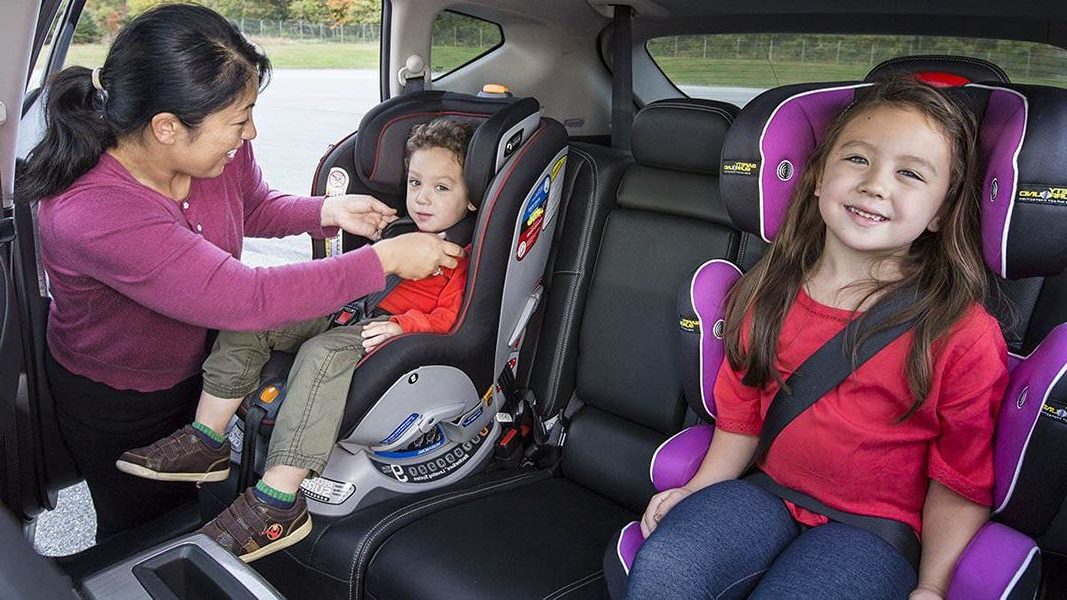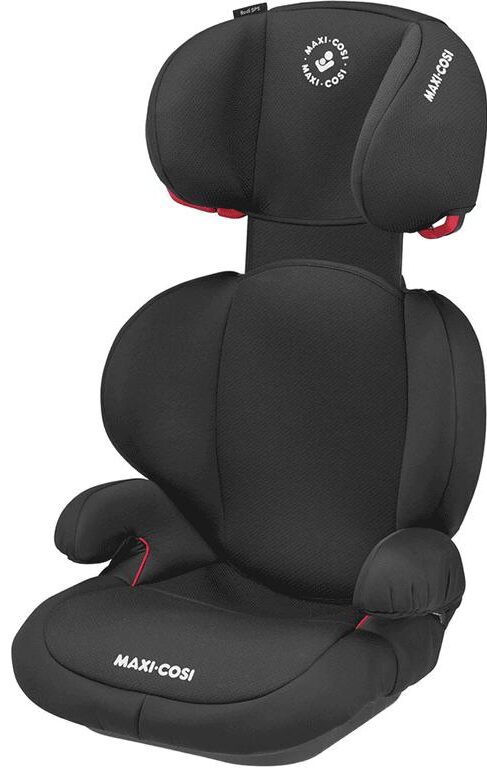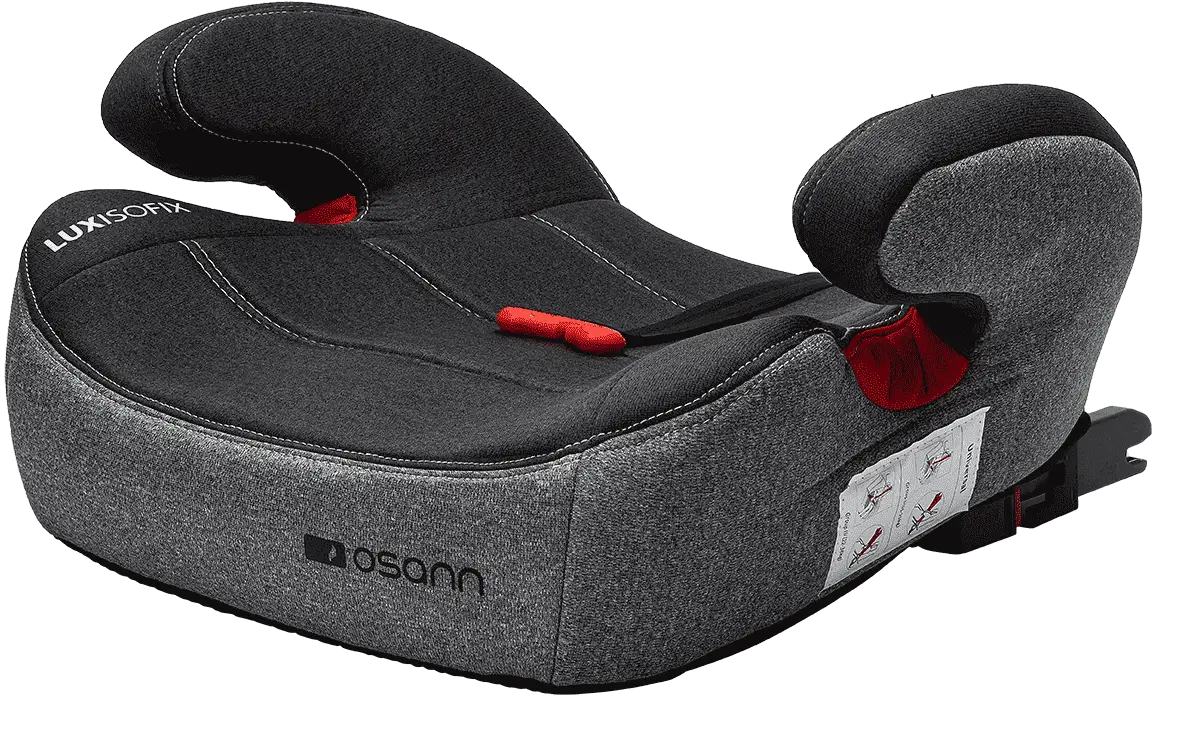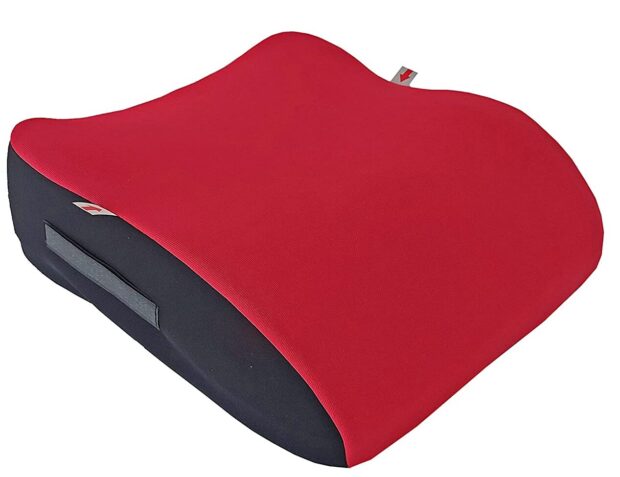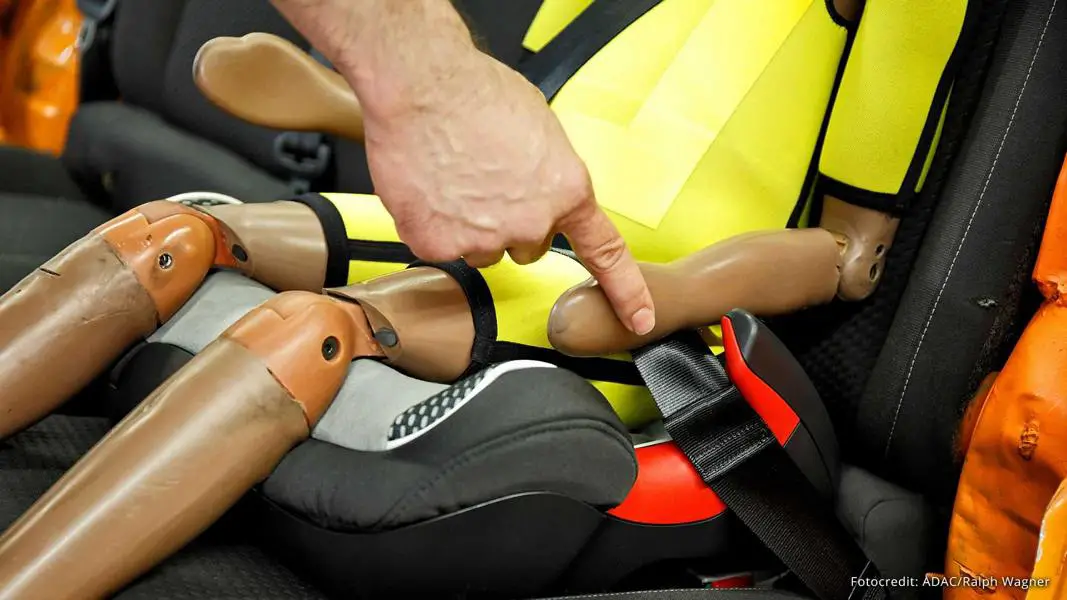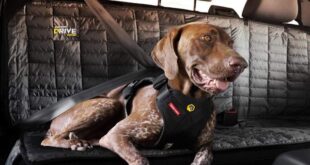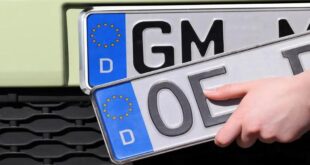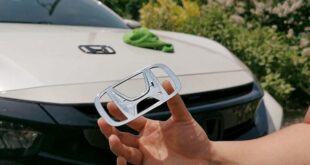Should you use an infant carrier, a child seat or rather a booster seat? Or? The word should actually be deleted, because parents cannot simply choose freely between the different child seats. The child's age and size determine the variant of the seat, so that the best possible protection is guaranteed. As the name suggests, baby carriers are suitable for babies and toddler seats for small children. Booster seats, on the other hand, are for taller adolescents who are too big for child seats. But when should your child leave the car seat and sit in a booster seat? You will find out in the following article.
What standards does a booster seat for children have to meet?
A booster seat is not just a cushion on the seat! When it comes to booster seats, standards must be met, just like with full-fledged child seats. The specifications for child seats and booster seats are regulated by three European test standards: UN ECE Reg. 44/03, UN ECE Reg. 44/04 and UN ECE Reg. 129. The use of a booster seat is only permitted if these standard specifications are met. But before we get into more details, we want to explain what a booster seat actually is.
Such a riser is used for children who have outgrown child seats, but who are not yet big enough for the belt to fit properly on their body. Booster seats are also intended for children who are still required to use a child seat. Unlike child seats, the booster seat has no own belt system and is simply used with the normal three-point belt in the car. There are different variants of the increases: with a backrest, with a belt guide or just as a simple seat cushion. The advantages and disadvantages of the different types are explained below.
Booster seat with backrest
- The variant with a backrest offers the safest protection in the event of a hazard. Guide horns are attached at the top and bottom, which ensure that the lap and shoulder belts cannot slip. Furthermore, the head is stabilized by a headrest, which also protects it in the event of a side impact.
Seat booster with belt guide
- There is no backrest with this increase and guide horns are only available at the bottom for the lap belt. In the event of an impact, the lap belt cannot slip, but the child's shoulders, head and upper body are not adequately protected. The belt is also usually wrong and can cut into the child's neck.
Simple booster seat
- A very simple variant of the booster seat is the one without guide horns and backrest. The price is lower compared to other models, but the child is insufficiently protected in the event of an accident. The belt could slip and there is a great risk of injury.
Child seat vs. booster seat
What is the difference between a conventional child seat and a booster seat? The basic point is that a car seat is designed for very young children and a own belt system has. In contrast, a booster seat does not have its own seat belt system because the child is tall enough to be buckled in with the vehicle's seat belt.
Booster seat - when can it be used?
Children usually want to swap the child seat for a booster seat as early as possible because they find it “cooler”. However, a booster seat can mean an increased safety risk if the children are still too small. Therefore, parents should not allow themselves to be persuaded to change seats only at the request of their child. If a child that is too small sits on a booster seat, the belt will not sit correctly on the body. You always have to think about the standards for booster seats and only change the child seat when the child's head touches the edge of the child seat clearly towered over.
The directive UN ECE Reg. 44 stipulates that booster seats belong to weight classes II and III. For this reason, an increase may not be applied until the child is Minimum weight of 15 kilograms has reached. The seat can then mostly up to one Maximum weight of 36 kilograms be used. On the other hand, the UN ECE Reg. 129 standard is based on the size of the child. Booster seats that have a backrest are for children one size and up of 125 centimeters authorized. In addition, the children must already have at least 22 kg weigh. In the following table we give an overview of the common classes for child seats.
| Class | age of Child |
weight of Child |
type of seat |
| Class 0 | up to 1 year | to 10 kg | Baby seat (transverse or backward facing) |
| Class 0+ | up to 1 1/2 years | to 13 kg | Baby Seat (reverse) |
| Class I | 1 1/2 to 4 years | 9 to 18 kg | Child seat (forward facing) or reboarder (backward facing) |
| Class II | To 7 years | 15 to 25 kg | Booster seat (with/without back support, forward facing) or reboarder (rearward facing) |
| Class III | 7 to 12 years | 22 to 36 kg | Booster seat (with/without back support, forward facing) |
Until when is a booster seat necessary?
When children first sit on a raised platform, they also want to get rid of it as quickly as possible and sit in the right car seat like adults. However, child seats are compulsory up to one 12 years old or a minimum height of 1,50 meters. Before these requirements are not met, an additional booster seat is not required . Both requirements, age and size, do not have to be met, because one is enough. In general, however, it is not advisable to omit all additional seating systems too quickly. In the event of an accident, a seat belt that is routed incorrectly poses an increased safety risk and the risk of injury increases. An incorrectly installed child seat can also contribute to the risk of injury. Therefore, you will find the most important points here that must be observed.
- The booster seat can only be secured in the vehicle with a three-point belt.
- The belt must be centered over the shoulder.
- For the lower guide horns, the lap belt must be routed so that it is over the hip bones or just above the thighs.
- One is an advantage ISOFIX installation option, through which the seat is connected directly to the vehicle.
Booster seat for children in the front seat
In general, the child must be twelve years old or at least 150 cm tall in order to be able to sit in the front seat of the car without a child seat. There are different models for the seat variants that are used with younger or smaller children. The seats should also be selected according to the weight of the children and a booster seat can only be used instead of the child seat from a body weight of 15 kg.
What is important when buying a booster seat?
As already mentioned, the safest models are equipped with a backrest. However, if the car is too narrow for a reclining seat, other variants must be used. But what standards must be met with other booster seats?
- The material should be made of sturdy plastic and not polystyrene. Styrofoam is lighter and easier to handle, but less secure.
- The booster seat should be equipped with guide horns for the lap belt.
- Ideally, the seat is a bit higher at the front than at the back so that the child sits lower.
- An ISOFIX installation option increases safety because the seat is firmly attached to the car.
- When buying a seat, the child should try it out and practice installing the seat in the vehicle beforehand.
Now you have a good overview of what you should consider when it comes to booster seats.
Of course, that wasn't the end of it.
tuningblog.eu has a lot of other articles on the subject of auto & tuning in stock. Do you want to see them all? Just click HERE and look around. But also planned changes in the law, violations in road traffic, current regulations in the field of STVO or on the subject inspection we would like to inform you regularly. Everything you can find in the category "Test sites, laws, offenses, information". Click on one of the following posts!
other related posts
|
Registering a car after moving: what needs to be considered? |
What is allowed in tuning and what is not? Remove brand logo? |
 tuningblog.eu Your magazine about tuning the car
tuningblog.eu Your magazine about tuning the car
